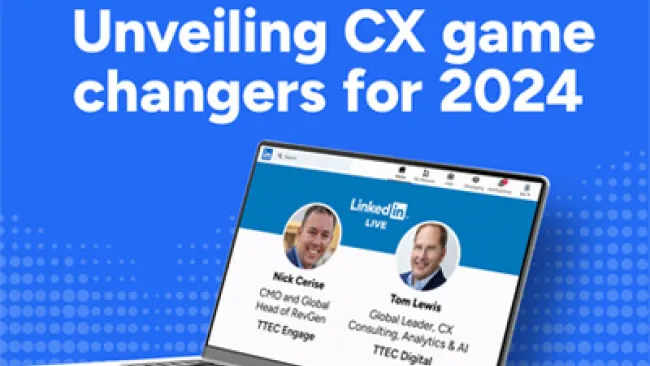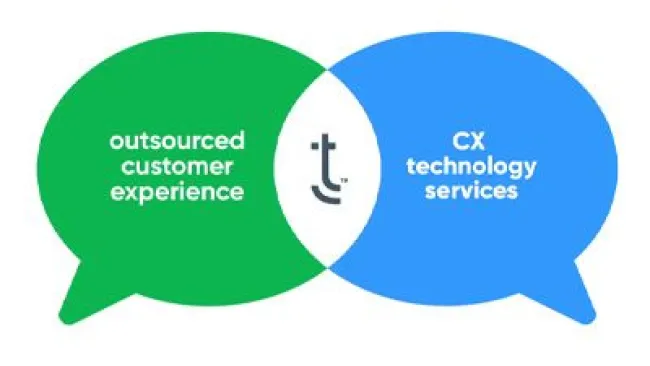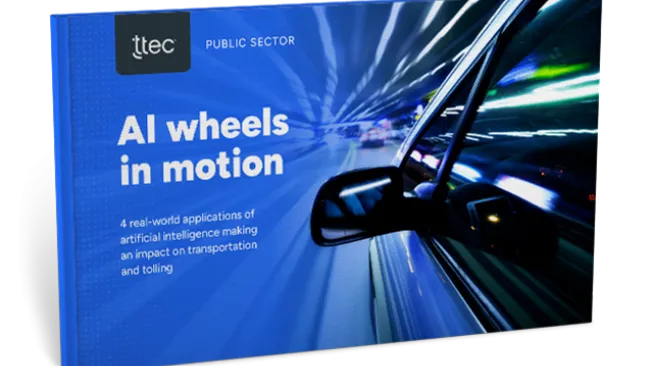The world is becoming more connected every day. In fact, more than 20 billion things – from mobile phones to household appliances, cars to medical devices – will be internet-connected by 2020.
People, too, are getting more connected by the day. The term Connected Customer gets used often, but what does it really mean? We define connected customers as those who are seamlessly linked to information, people, and companies via internet-enabled devices, appliances, social networks, and sharing tools. They want their voice to be heard and they want their information in real time. Their lifestyle is data-driven and digitally enabled.
Connected customers share a few important attributes that influence the type of experience they’re looking for from brands:
Well informed and practical — They leverage mobile, social media, and other digital channels to better understand a brand’s promise, product features, pricing, etc.
Value personalization — They appreciate brands that customize products and services for their personal benefit and adapt various aspects of Internet of Things (IoT) to create a lifestyle they desire.
Brand influencer — They share personal experiences and feedback about their interactions with brands and products, which influences their view of social circles.
Expect immediate results — They consider time a precious commodity and value an efficient customer experience across multiple channels in real time.
Want authenticity — They prefer fewer barriers between the company and the customer. They expect a consistent experience across all channels of a brand they interact with.
As a result, companies must reimagine how they attract, serve, and retain connected customers. This requires both a technology and human focus. On the technology side, they must become smarter through advanced data analytics, and have tools and information that allow them to be nimble and flexible to adjust on the fly. They must be available in real time, and think mobile first.
On the people side, they must be authentic and transparent, because customers will see right through a fake or inauthentic interaction. Employees must be empowered to lead with their humanity to solve problems. Brands must give customers the ability to use products and services the way they want to, which may stray from their original intent. And every interaction must be as personal as possible, to meet individual customer needs.
Read more in the TTEC Quarterly Insights e-book, “ Inside the Connected Customer Experience” to learn how omnichannel strategy and integrated focus help to put these connected customer imperatives into practice.
What Does a Connected Customer Experience Look Like?















